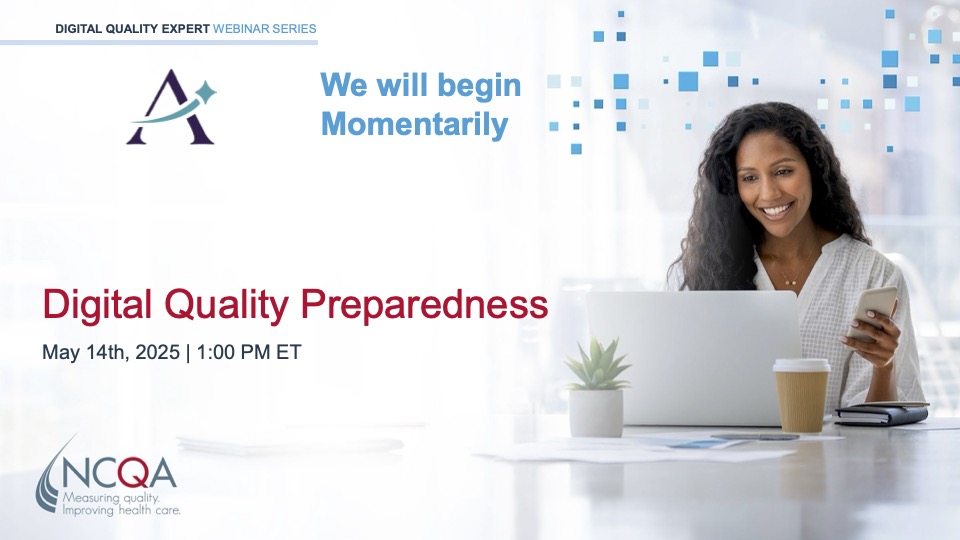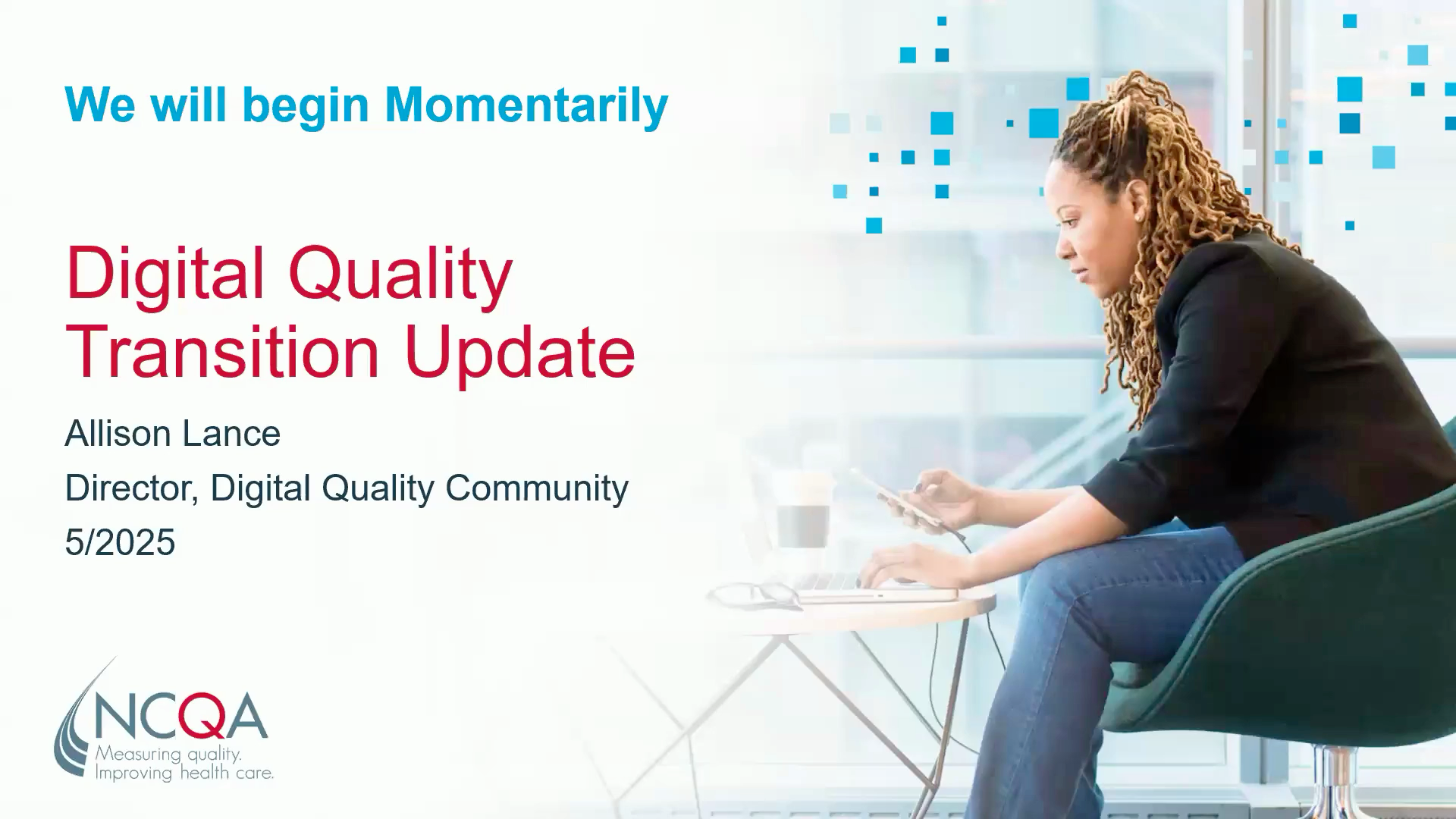HEDIS Digital Measures and CQL

Developed and maintained by NCQA, HEDIS® (the Healthcare Effectiveness Data and Information Set) is a comprehensive set of standardized performance measures that play a crucial role in promoting high-quality, patient-centered care by providing a reliable, standardized and efficient framework for assessing and improving health care performance. “HEDIS digital measures” refers to the digitalization of these measures, allowing them to be interoperable with sources of digital health data, such as EHRs, claims systems and other systems at an organization.
Importance of CQL in HEDIS
To facilitate quality measurement and enable benchmarking and comparison across systems and regions, it is important that health care organizations be able to communicate through a common language that expresses clinical concepts and related logic clearly and consistently, and that can be read and understood by both humans and machines.
CQL plays a critical role in helping health care systems maintain high-quality care by providing a standard way to express clinical knowledge, assess quality, support interoperability and serve as the foundation for creating automated processes that guide clinical decisions.
The Takeaway…
How CQL Engines Work
A CQL engine is a software system designed to understand and follow instructions written in Clinical Quality Language. The engine processes CQL expressions to evaluate clinical data and perform automated health care-related tasks. Clinical data are input into the CQL engine, which uses the instructions in the CQL script to compute quality measures, apply clinical decision rules and derive outcomes.
The interaction of digital measures with CQL engines, along with efficient data retrieval, calculation and aggregation, forms the backbone of accurate, effective quality assessment and reporting in health care:
- Translation: Digital measures are written in CQL to standardize the logic used to assess quality metrics. This involves translating measure definitions, criteria, and calculation rules into CQL expressions (i.e., any statement that returns a value).
- Execution: The CQL engine processes these expressions against data from EHRs or other data sources to identify patient cohorts, calculate metrics, and evaluate performance.
- Feedback: Execution results provide feedback on quality measures, often in the form of dashboards, reports, or direct integration into EHR systems.










